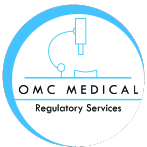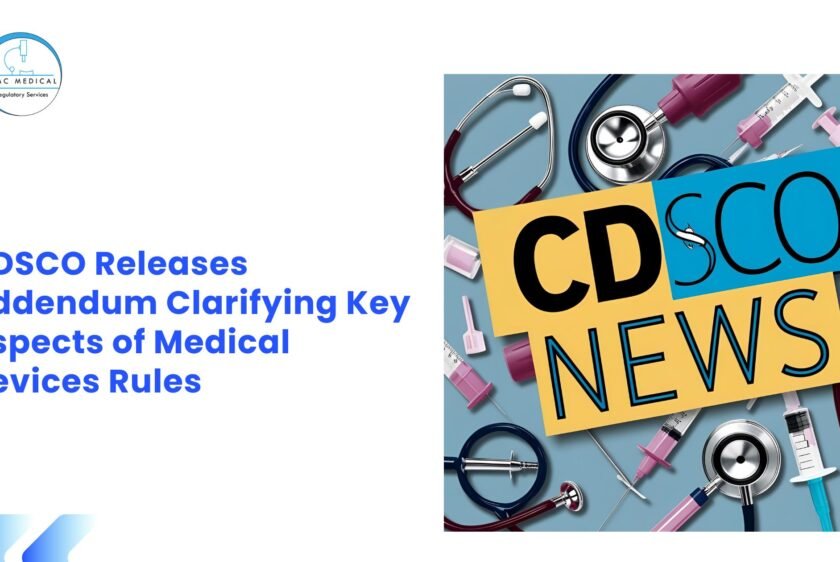The Central Drugs Standard Control Organization (CDSCO) has issued a new addendum (No. 0152), dated April 3, 2025, This article provides additional clarity on several regulatory requirements, helping manufacturers and stakeholders better navigate India’s medical device regulatory framework.
CDSCO Releases Regulatory Update
Clarification on Biocompatibility Testing
The addendum emphasizes that all medical devices that come into direct or indirect contact with the human body must comply with biocompatibility testing requirements in line with the IS/ISO 10993 series of standards. However, manufacturers may submit existing test data for similar devices—provided the materials, manufacturing processes, and intended use are the same. In such cases, the submission must include a strong scientific justification along with a biological risk assessment.
Additional testing may be required if there are significant changes in the device’s design or invasiveness. CDSCO also notes that testing should be carried out in response to complaint trends or reported adverse events, even if earlier data is available.
Sterile Devices and Parametric Release
The guidance allows for the parametric release of sterile medical devices, provided the sterilization process is validated according to the relevant Indian or international standards. These include:
- Ethylene Oxide sterilization: IS/ISO 11135
- Gamma radiation sterilization: IS/ISO 11137-1
- Steam sterilization: IS 17812 (Part 1)/ISO 17665
Manufacturers must maintain routine revalidation schedules and follow documented procedures to ensure continued compliance.
Labelling Requirements for Non-Sterile Devices
For devices supplied in a non-sterile state, CDSCO has clarified that there is no requirement to include an expiry date or shelf life on the label. This relaxation is intended to simplify compliance while ensuring that users are still informed about the nature of the product.
Emphasis on Validation and Quality Control
Finally, the addendum reiterates that manufacturers are expected to maintain comprehensive records of validation and quality control for their medical devices. This is essential for demonstrating compliance with the Medical Devices Rules and for facilitating inspections or audits by regulatory authorities.
Conclusion
This addendum provides helpful clarifications that streamline certain compliance obligations while maintaining a high standard of safety and performance. Stakeholders are encouraged to review the full document to understand the detailed requirements and ensure their practices align with current regulatory expectations.





